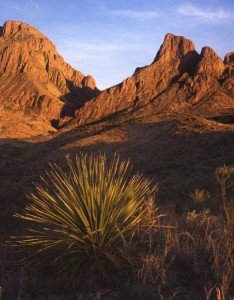SFCCO performs Incomplete Thoughts
Incomplete Thoughts was born out of the news that the SFCCO would not have all the bassoons they normally have for the May, 2013 concert. I stopped the piece on which I was working, and came up with another: a contemporary passacaglia where the bass line was in one time and the other instruments in others. I was thinking to use either multiple conductors or metronomes with earpieces. Desiring inspiration, I looked though some of my incomplete compositions for a bass line, and found something useable in a draft of an opera from many years ago. The figure went through some modifications and was given a lazy lilt in 7/8. I wanted to layer fragments of music on top, which were inspired by scraps of music not yet finished and other incomplete utterances. As I felt the work should be written in a stream-of-conscious-manner, an interruption motif came into being as a way to switch thoughts. While I eventually decided that the original idea of multiple times might be hard to pull off, I came up with other ways to have multiple times. In the end, I hope to have created a thought-provoking work that is more than the collection of Incomplete Thoughts that began it.








